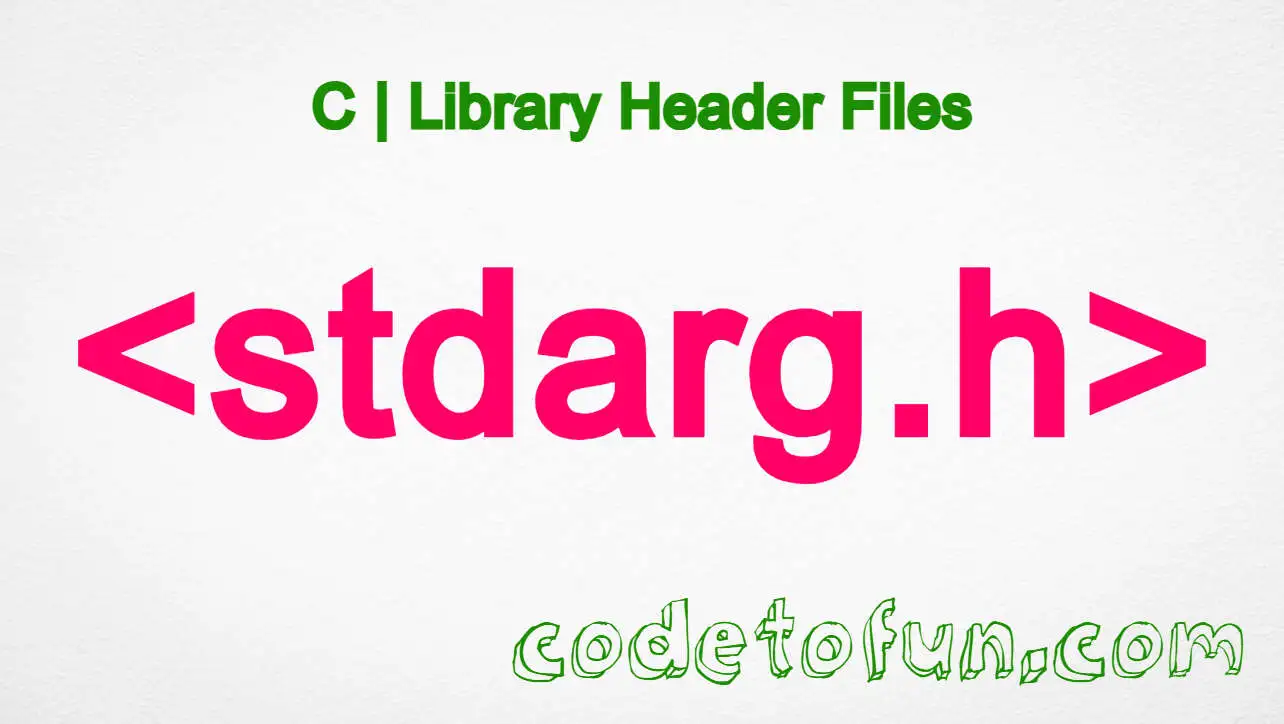
jQuery Basic
jQuery Callbacks
jQuery callbacks.disabled() Method

Photo Credit to CodeToFun
🙋 Introduction
Control flow management is essential in JavaScript programming, particularly when dealing with asynchronous tasks and event handling. jQuery provides a range of methods to streamline control flow, one of which is the callbacks.disabled() method.
In this guide, we'll delve into the functionality of callbacks.disabled(), exploring its purpose, syntax, and practical applications.
🧠 Understanding callbacks.disabled() Method
The callbacks.disabled() method is a part of jQuery's Callbacks Object API, which facilitates the management and execution of callback functions. It is specifically designed to disable a set of callback functions previously defined with $.Callbacks().
💡 Syntax
The syntax for the callbacks.disabled() method is straightforward:
callbacks.disabled()📝 Example
Let's dive into a simple example to illustrate the usage of the callbacks.disabled() method:
var callbacks = $.Callbacks();
callbacks.add(function() {
console.log("Callback 1 executed");
});
callbacks.add(function() {
console.log("Callback 2 executed");
});
callbacks.fire(); // Output: "Callback 1 executed", "Callback 2 executed"
callbacks.disabled();
callbacks.fire(); // No output, callbacks are disabled🏆 Best Practices
When working with the callbacks.disabled() method, consider the following best practices:
Granular Control:
Enable and disable specific callbacks selectively based on application requirements, rather than globally disabling all callbacks.
Clear Documentation:
Document the purpose and behavior of each callback function to facilitate understanding and usage by other developers.
Testing:
Test callback behavior with and without disabled callbacks to ensure consistent and predictable application behavior under different scenarios.
Error Handling:
Consider incorporating error handling mechanisms to gracefully handle exceptions or unexpected behavior that may arise when using
callbacks.disabled().Performance Considerations:
Be mindful of performance implications, especially in scenarios where callbacks are frequently enabled or disabled, and optimize code accordingly.
📚 Use Cases
Event Handling:
Temporarily disable event callbacks to prevent them from executing in specific scenarios, such as during initialization or after certain conditions are met.
Plugin Development:
Incorporate
callbacks.disabled()into plugin development to allow users to enable or disable specific functionality dynamically.Conditional Execution:
Use
callbacks.disabled()in conjunction with conditional logic to control the execution flow of callback functions based on runtime conditions.Error Handling:
Disable callbacks temporarily when handling errors or exceptional conditions to avoid unintended behavior or side effects.
🎉 Conclusion
The callbacks.disabled() method in jQuery provides a convenient mechanism for temporarily disabling callback functions, allowing developers to exert fine-grained control over the execution flow of their applications.
By mastering its syntax, understanding common use cases, and following best practices, you can leverage callbacks.disabled() to enhance the flexibility and robustness of your JavaScript code. Incorporate this method into your toolkit to efficiently manage callback execution and streamline control flow in your web applications.
👨💻 Join our Community:
Author

For over eight years, I worked as a full-stack web developer. Now, I have chosen my profession as a full-time blogger at codetofun.com.
Buy me a coffee to make codetofun.com free for everyone.
Buy me a Coffee











